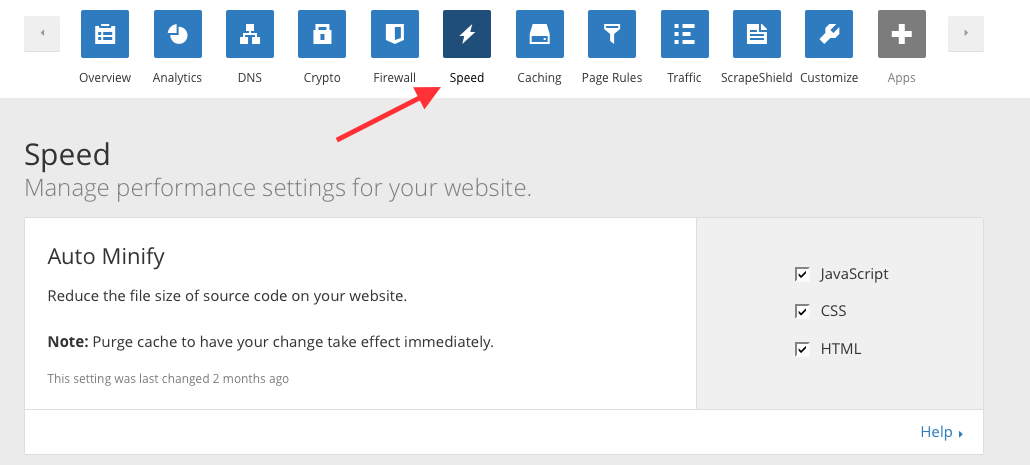

Here’s a screenshot of our current feature set for a bit more context on what our service actually does: NitroPack deals with these and all other site speed issues automatically. Without this technique, browsers load all images on the page, regardless if the user actually wants to see them. Lazy loading helps the browser load only the images that visitors are currently looking at. Without a resource loading mechanism, this process takes tons of time, hurting the visitor’s experience Browsers must load, parse and execute all CSS and JS files before rendering a page. Often the biggest reason for slow load times, images must be resized, compressed and converted to the right type This is where NitroPack offers a ton of other benefits.įor example, here are three crucial performance problems that APO doesn’t solve: If you deliver the page structure to the client but can’t visualize it fast, your website is still slow. However, the bigger challenge with site speed is actually visualizing pages on client devices.

It does that by caching and providing the HTML from the edge location nearest to the client. If you’re interested, check out Cloudflare’s article, specifically the section on how APO works.įor now, just remember that APO’s only purpose is to deliver content to client devices faster. We won’t go into it, as it’s not important right now. There’s a whole process that goes on behind the scenes here. As a result, metrics like Time to First Byte (TTFB) and First Contentful Paint (FCP) may improve. This mechanism removes unnecessary trips to the origin server. The benefit of using it is that your HTML can be cached and served from Cloudflare’s edge network. This service caches dynamic content with the help of Cloudflare Workers. Next, let’s talk about what APO actually does. That’s why you can use them simultaneously, as long as you configure NitroPack and Cloudflare to work together. īoth services help with site speed but do so in entirely different ways. NitroPack and APO don’t do the same thing. To start, let’s clear up the biggest misconception on the topic:
#CLOUDFLARE AUTO MINIFY FREE#
But feel free to choose another option if you know it works for you.People sometimes get confused about how NitroPack compares to Cloudflare’s Automatic Platform Optimization (APO) service.

Make sure the standard caching level is enabled – it’s recommended in most cases. If you’re developing a web app with a modern frontend, it’s extremely likely that it’s already minified – so you won’t need this option. image carousels or photo viewers – so if you have problems later, disable this. This might cause rare issues if your app has e.g. Try enabling this to make images load faster on mobiles or slower networks. ✔ BrotliĮnable this to make text content you serve (HTML, CSS, JavaScript) smaller in size.

#CLOUDFLARE AUTO MINIFY PRO#
This requires a Pro account, but it’s not very expensive ($20/month). The “Serve WebP images” option is the best in most cases. Speed tab ✔ PolishĮnable this to automatically optimize images. Let’s go over settings you should (and shouldn’t) enable in Cloudflare. The configuration panel has a lot of tabs. connect it to your site (by moving DNS records and setting up proxying).To configure your web app to run faster, you need to: What you should (and shouldn’t) enable in Cloudflare for web performanceĬloudflare is a web-performance-and-security-as-a-service company.


 0 kommentar(er)
0 kommentar(er)
